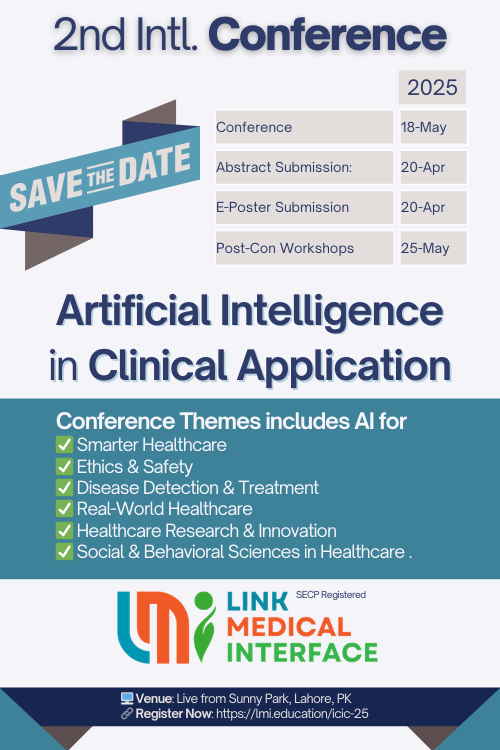Stress Management Techniques in Teenagers and Adults: A Review
DOI:
https://doi.org/10.61919/jhrr.v4i3.1863Keywords:
Stress Management; Adolescents; Children; Cognitive Behavioral Therapy; Mindfulness; Biofeedback; Relaxation; Non-Pharmacologic Interventions; Mental Health Promotion; School-Based ProgramsAbstract
Background: Stress in children and adolescents is increasingly recognized as a determinant of physical, emotional, and cognitive development. Chronic activation of the stress response has been linked with anxiety, depression, somatic complaints such as recurrent abdominal pain and headaches, and impaired academic and social functioning. Pharmacologic options remain limited and often unsuitable for developing brains, underscoring the need for evidence-based, non-pharmacologic strategies to strengthen stress regulation. Objective: This narrative review aimed to summarize key non-pharmacologic interventions for stress management in youth, compare evidence across developmental stages and settings, and highlight implementation strategies and research priorities for clinical and educational practice. Methods: A comprehensive literature search was conducted across PubMed, Scopus, PsycINFO, and Cochrane Library for English-language studies published between 1970 and 2024. Search terms included combinations of “stress management,” “children,” “adolescents,” “mind-body techniques,” “cognitive behavioral therapy,” “biofeedback,” and “mindfulness.” Inclusion criteria encompassed randomized controlled trials, meta-analyses, systematic reviews, and representative clinical or school-based studies addressing psychological, physiological, or behavioral stress outcomes. Evidence appraisal prioritized higher-level evidence using the Oxford Centre for Evidence-Based Medicine (OCEBM) framework, synthesized narratively within a biopsychosocial model emphasizing autonomic regulation, attentional control, cognitive reappraisal, and self-efficacy. Results: Across 70+ eligible studies, consistent benefits were observed for cognitive behavioral therapy (CBT) and mindfulness-based interventions (MBIs) in reducing anxiety, depressive symptoms, and functional somatic complaints (Level 1A–2A evidence). Guided imagery, progressive muscle relaxation, and biofeedback demonstrated efficacy for recurrent abdominal pain, headaches, and procedural anxiety. Breathing retraining and yoga improved autonomic balance and emotion regulation, while brief digital or school-based programs showed promising feasibility with moderate fidelity. Implementation success was enhanced by teacher or parent involvement, structured curricula, and age-adapted delivery. Safety concerns were minimal, provided adequate provider supervision and ethical safeguards. Conclusion: Non-pharmacologic stress management interventions represent effective, developmentally adaptable, and low-risk strategies to promote emotional resilience in children and adolescents. Integration into schools, pediatric clinics, and digital platforms may enhance preventive mental health care. Future research should pursue head-to-head comparisons, long-term follow-ups, and hybrid digital-human delivery models informed by implementation science.
Downloads
References
.
Downloads
Published
How to Cite
Issue
Section
License
Copyright (c) 2024 Saba Mumtaz, Saima Ashraf, Amina Tahir

This work is licensed under a Creative Commons Attribution 4.0 International License.
Public Licensing Terms
This work is licensed under the Creative Commons Attribution 4.0 International License (CC BY 4.0). Under this license:
- You are free to share (copy and redistribute the material in any medium or format) and adapt (remix, transform, and build upon the material) for any purpose, including commercial use.
- Attribution must be given to the original author(s) and source in a manner that is reasonable and does not imply endorsement.
- No additional restrictions may be applied that conflict with the terms of this license.
For more details, visit: https://creativecommons.org/licenses/by/4.0/.






